Purpose of study
A high-quality computing education equips pupils to use computational thinking and creativity to understand and change the world. Computing has deep links with mathematics, science, and design and technology, and provides insights into both natural and artificial systems. The core of computing is computer science, in which pupils are taught the principles of information and computation, how digital systems work, and how to put this knowledge to use through programming. Building on this knowledge and understanding, pupils are equipped to use information technology to create programs, systems and a range of content. Computing also ensures that pupils become digitally literate – able to use, and express themselves and develop their ideas through, information and communication technology – at a level suitable for the future workplace and as active participants in a digital world.
Aims
• To enable our pupils and staff to become competent, confident and independent users of information and communication technology Computing.
• To promote safe and sensible use of Computing through a dedicated e-safety curriculum.
• To teach pupils to become responsible, respectful and competent users of data, information and communication technology.
• To ensure our pupils take advantage of the ever-quickening pace of technological change.
• To provide pupils with an understanding of the role Computing plays in everyday life at present and its importance in the future.
• To give children opportunities to access Computing through home-school links.
• Equip pupils with skills, strategies and knowledge that will enable them to reap the benefits of the online world, whilst being able to minimise risk to themselves or others.
• To develop a creative and cross-curricular approach to the teaching and learning of Computing.
• To use new technologies to enable good quality teaching and learning to take place.
• To commit to the Continuous Professional Development of Computing.
Organisation
· Pupils have access at least once a week to either the Computing suite or the iPads/laptops for a Computing lesson which covers the skills and experience required to develop Computing capability through the school’s Scheme of Work.
· Teaching of Computing is also achieved through cross curricular subject links. Classes can also access the suite at other times during the week and a timetable is readily available to staff in order to facilitate this.
· Each class in KS2 has access to 4 in-class netbooks to support their learning in a wide variety of subjects and 15 iPads are used to support all curriculum areas across the school.
· Teachers ensure the teaching of Computing is evident within all areas of the curriculum following a topic-based approach and creating cross curricular links alongside the use of Purple Mash planning, as well as using equipment such as video recording cameras and microphones.
· There are Touch Screen Televisions, Interactive Whiteboards (IWBs) and digital visualisers in every classroom, used throughout the day for whole class teaching in all subjects. Other IWBs are available outside classrooms for use in group activities by teachers or TAs or for collaborative activities by pupils (E.g. EAL board). Whiteboards/remote visualisers are also regularly used by pupils themselves to participate in the class or group lesson, demonstrate what they have learned or to display work undertaken.
· Our new website and app improve home school links and ensures that children have full access to the curriculum by having ‘safe’ access to current learning content.












